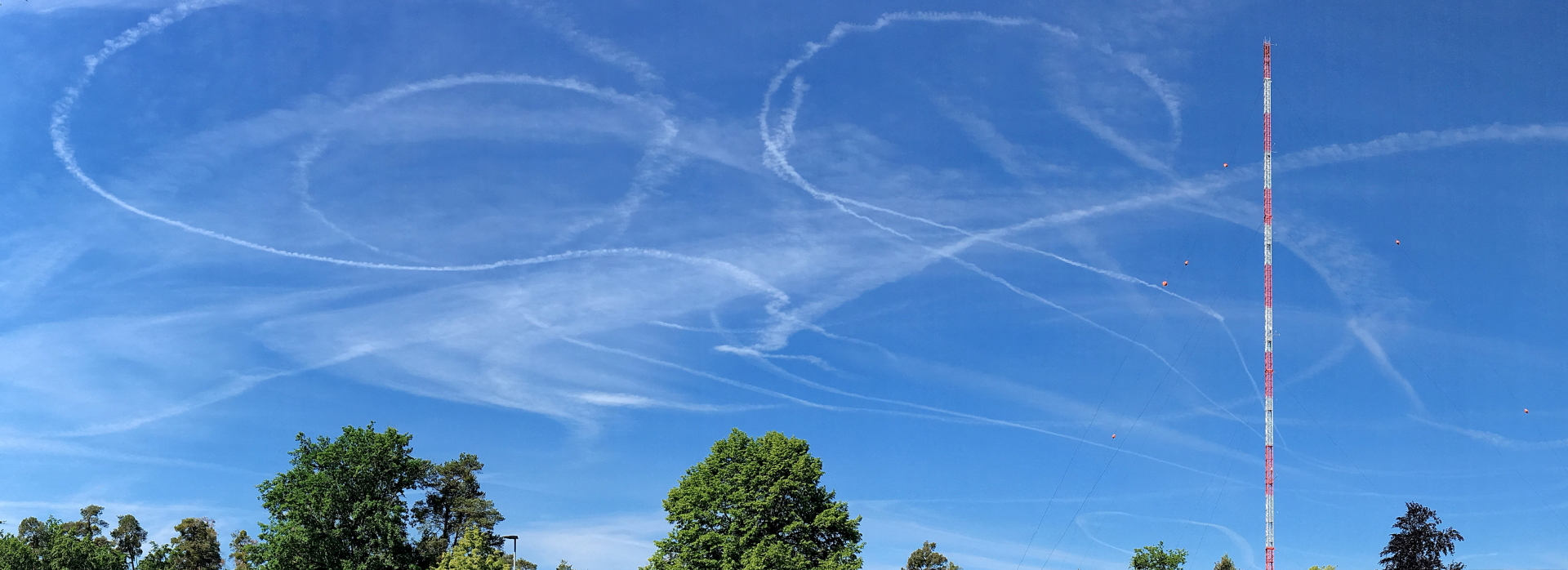Welcome to the Institute of Meteorology and Climate Research - Atmospheric Aerosol Research! We are one of the leading research institutes in the field of atmospheric aerosol processes in Germany.
Our team is dedicated to researching the microphysical, chemical and optical properties of aerosols. Through our work, we gain valuable insights into the role of aerosols in the atmosphere and their influence on cloud formation, climate and air quality, thus making a significant contribution to the further development of weather and climate models.
A particular research interest at the institute is the role of aerosols in the formation of ice particles.
For our research, we conduct comprehensive basic research in laboratories with state-of-the-art equipment. We also use large atmospheric simulation chambers to investigate complex atmospheric processes under controlled conditions. In addition, we conduct field experiments to analyze local situations and their specific influences in detail.
AIDA cloud microphysics aerosol ice formation SOA air quality ACTRIS aging composition & morphology radiative effect climate INP ice nucleation COSIMA single droplet VOCs ESEM ice crystals LiDAR atmosphere nano science climate engineering
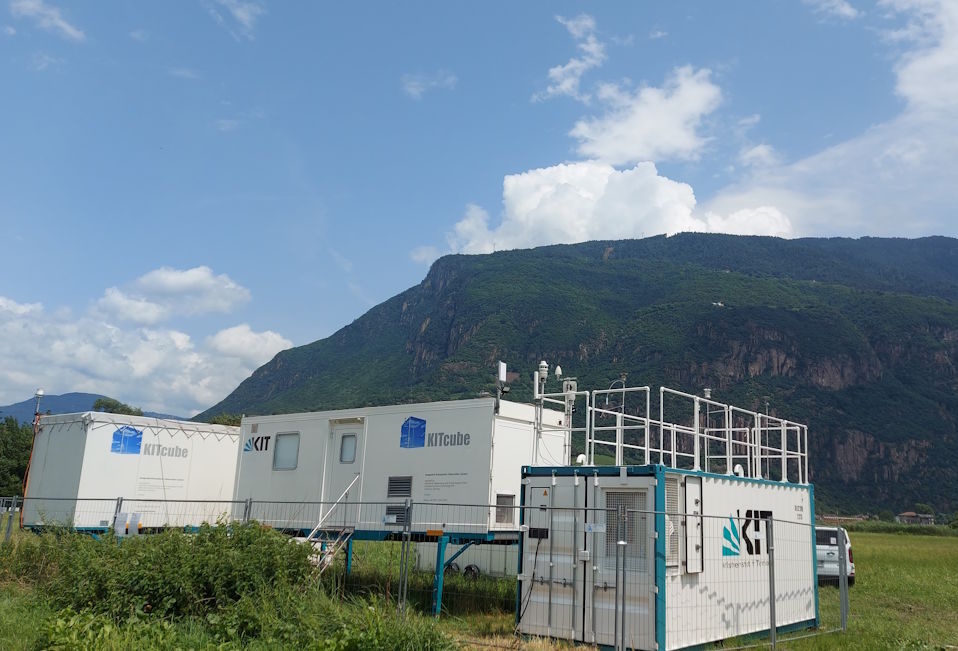
An international consortium of scientists studies the atmospheric exchange processes, dynamics, and chemistry in the alpine region from southern Germany to northern Italy in the TEAMx project. From June to July of 2025, we will contribute dedicated measurements of trace gases, aerosol particles, and ice nucleating particles to better understand their concentrations, composition, sources, and impact on air quality, clouds, and the formation of strong convection.
more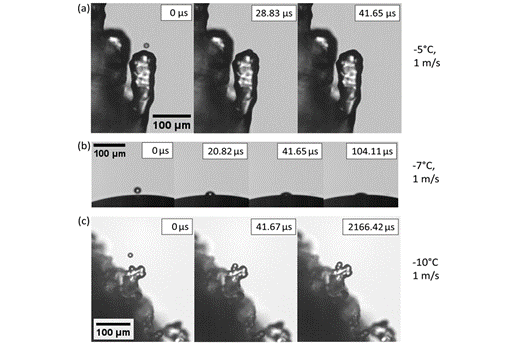
The article Secondary ice production – no evidence of efficient rime-splintering mechanism coauthored by the scientists from Cloud Microphysics Group at IMKAAF and Institute for Tropospheric Research (TROPOS, Leipzig), was selected as one of the three runners-up for the 2024 ACP Paul Crutzen Publication Award from more than 1300 articles submitted in 2024.
more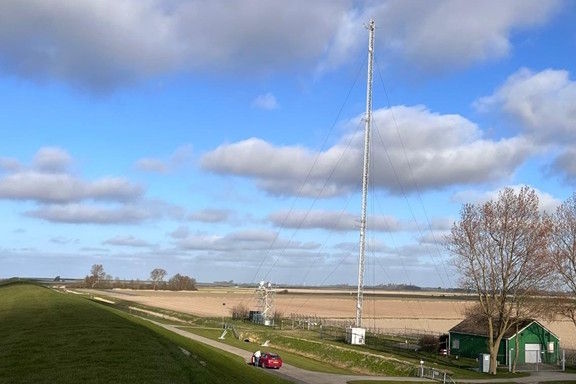
The atmosphere in the Netherlands is containing relatively high levels of reactive nitrogen compounds. Theses can alter the cloud condensation nuclei properties of aerosol particles and hence cloud properties. Therefore, we measured in April 2025 ammonia, volatile organic compounds and aerosol particle composition at two differently polluted locations in the Netherlands and also via a helicopter platform in the international CAINA project.
more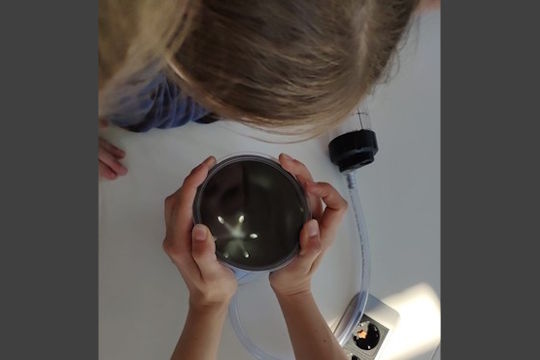
Under the motto "Atmospheric Physics: From Weather to Storms", girls from the 5th to 8th grade were able to gain interesting insights into the diverse work of atmospheric researchers at KIT on Girl's Day on April 3, 2025. The workshop was jointly organized and supervised by members of IMKAAF and IMKTRO.
more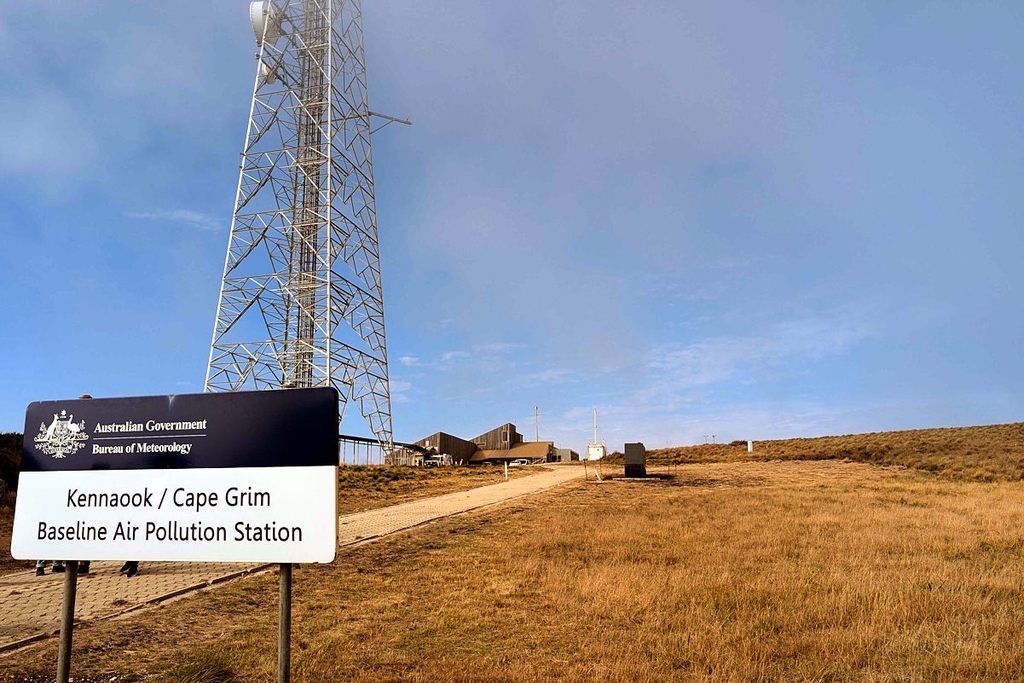
KIT researchers have successfully collected their first set of INP concentration data in the Southern Hemisphere using the Portable Ice Nucleation Experiment (PINE) at the Kennaook Cape Grim Baseline Air Pollution Station (KCG) in Tasmania, Australia. Since November 2024, PINE has been measuring the pristine atmosphere at KCG, which is known to have some of the cleanest air in the world.
more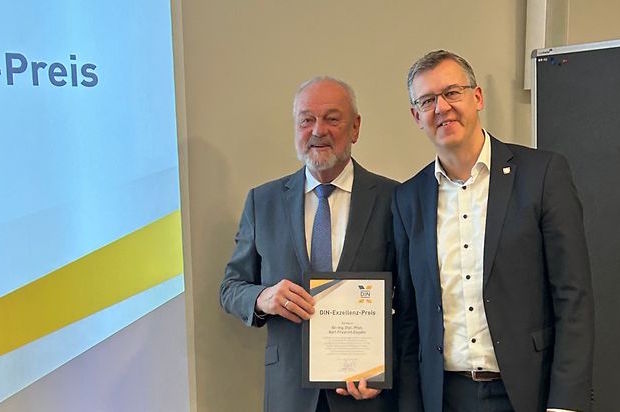
The AAF member and KIT Distinguished Senior Fellow Dr. Ing. Karl-Friedrich Ziegahn was awarded the DIN Excellence Prize for his many years of active work as Chairman of the Presidential Committee "Research, Innovation, and Development".
more (only German)